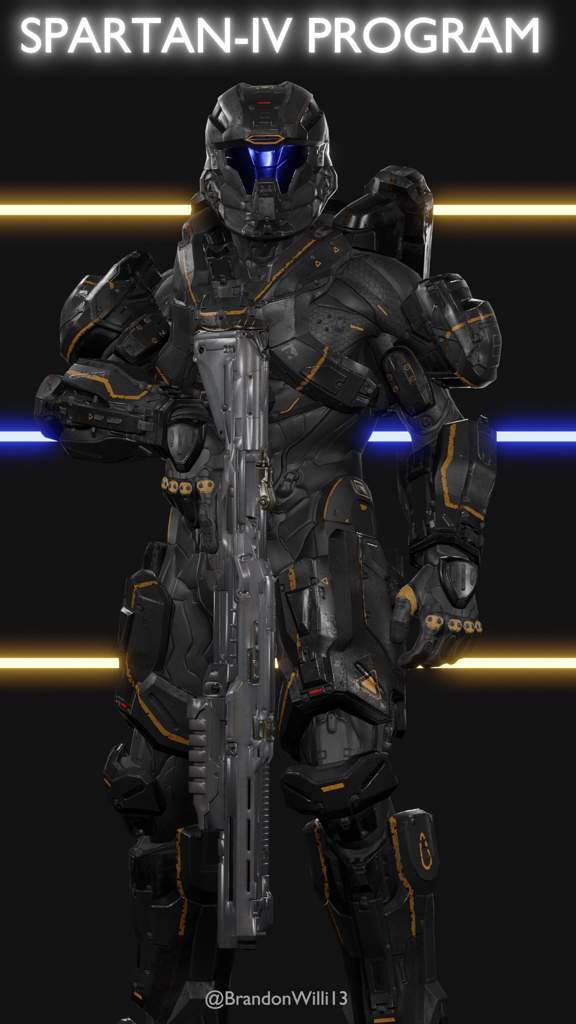

Then, anyone who follows your collections will see your halos appear magically before their eyes.Īll you need to get started is an iPhone, iPad, or iPod Touch with ARKit. Ready to share the amazing halos you’ve created with your students, or the world? First, create an account to save your halos and organize them into collections (by class, activity, etc.). Your great idea that we haven’t thought of yet!.Bring yearbook photos and hallway posters to life (Daily Prophet, anyone?) As a freshly minted UNSC recruit, you will learn to identify and fight terrifying alien combatants in this compelling exploration of what Halo’s virtual future might hold.Assemble a deck of flashcards that can be scanned for keyword or concept review.Create a scavenger hunt around the house, classroom, or neighborhood.Attach a 3D model to a postcard, then move the postcard around to intuitively manipulate and examine the 3D model in all directions.

Ask your students to record their own explanation to demonstrate understanding!.textbook diagrams or worksheets) with explanatory image or video overlays. Teachers, whether your class is in person or remote, use Halo AR to create learning opportunities for your students anywhere, anytime. You’ve made your first halo! Now, scan the object (a book cover, textbook image, postcard, etc.), and watch the overlay spring to life. Pick a photo, video, or 3D model to overlay on top of it CREATE WITH AUGMENTED REALITY IN SECONDS!Ģ.


 0 kommentar(er)
0 kommentar(er)
